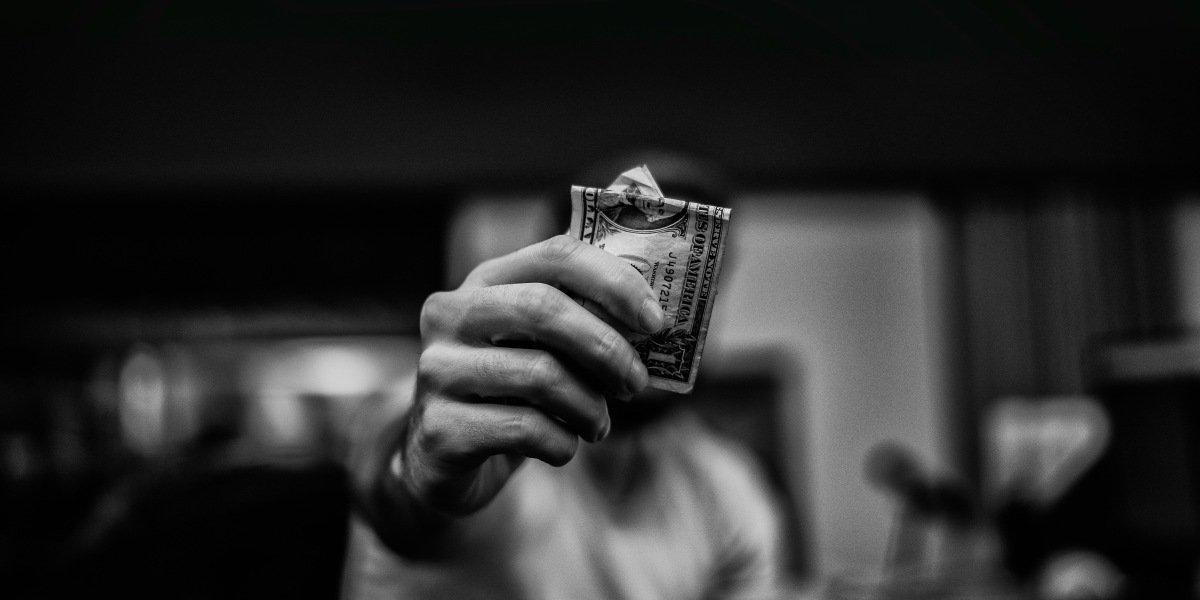How Has Social Media Revolutionized Dance?
Social media has significantly transformed how dancers share their art, opening doors that were once inaccessible. Platforms like TikTok, Instagram, and YouTube have become stages where performers can showcase their talents without the constraints of geography or access to traditional performance spaces. These platforms have created a vibrant global dance culture that allows professionals and enthusiasts to connect, inspire, and learn from each other.
Read Also: How Celebrities Influence Fashion Trends
The rise of short-form video content has played a pivotal role in this shift. With just a smartphone and an internet connection, dancers can reach millions of viewers. This accessibility has not only democratized dance but also elevated it as a shared global language. A dancer in a remote village can now share their cultural heritage with audiences across continents, while viewers discover and celebrate styles they might never have encountered before.
Social media also allows creators to experiment with new forms of expression. The integration of music, editing, and choreography in videos introduces dynamic ways to engage audiences. Viral dance trends born on these platforms have turned dance from a niche art form into a mainstream cultural movement, inspiring millions of people to move, create, and participate.
What Role Does Dance Play in Shaping Popular Culture Online?
Dance has become a central force in shaping online culture. Viral trends and challenges often start as simple choreography but evolve into global phenomena. Routines like the Renegade, popularized on TikTok, or the iconic Wednesday Dance, inspired by the Netflix series, demonstrate how dance can define cultural moments. These routines transcend the digital space, finding their way into live performances, advertisements, and even educational settings.
The relationship between dance and music has also shifted dramatically. Songs that are paired with captivating choreography often see a surge in popularity. Musicians now collaborate with dancers and influencers to create choreography that resonates with a broad audience. This collaboration benefits both the artists and the dancers, fostering a mutually beneficial ecosystem where creativity thrives.
Social media has also amplified the voices of underrepresented groups within the dance community. Dancers from diverse backgrounds use their platforms to celebrate their heritage, promote traditional dance styles, and challenge industry norms. These creators are redefining what it means to be a dancer in the digital age. By highlighting underappreciated dance forms and narratives, they enrich popular culture with authenticity and diversity.
The impact of social media extends beyond just entertainment. It influences the fashion industry, where viral dance styles inspire clothing lines and accessories. It also shapes the fitness world, with choreography-based workouts gaining massive popularity. Dance is no longer confined to art—it is a lifestyle and a powerful medium for storytelling.
Can Dance Content on Social Media Create Lasting Impact?
The influence of dance content on social media reaches far beyond fleeting trends. While many viral routines come and go, the overall effect on the dance world is profound and enduring. Social media has helped revive interest in traditional and cultural dances that were previously overshadowed by contemporary styles. Indigenous and folk dances are now showcased to global audiences, preserving these art forms for future generations.
Dancers are also using their platforms to address social issues. By incorporating themes of identity, equality, and empowerment into their choreography, creators contribute to meaningful conversations on global platforms. These performances inspire action and awareness, demonstrating the potential of dance to drive social change.
Despite its benefits, some critics argue that the emphasis on virality can detract from the artistry of dance. The pressure to create catchy, shareable content might lead some creators to prioritize simplicity over depth. On the other hand, the same environment that fosters quick trends also encourages innovation. Social media challenges dancers to think outside the box, blending technology with traditional techniques to keep audiences engaged.
The lasting impact of social media on dance is evident in its integration into mainstream culture. Dance sequences from viral videos now appear in movies, advertisements, and even political campaigns. The accessibility of platforms like YouTube and TikTok has also led to the rise of self-taught dancers who have gone on to achieve professional success. These stories demonstrate the transformative power of dance content, showing how it can inspire and empower individuals on a global scale.
Read More: Riding the Wave: Exploring the Surging Popularity of Volleyball
Social media has made dance a universal language, connecting people across boundaries of culture and geography. Its ability to influence music, fashion, and cultural trends ensures that dance remains at the forefront of artistic innovation. While trends may fade, the impact of social media on the world of dance will endure.








